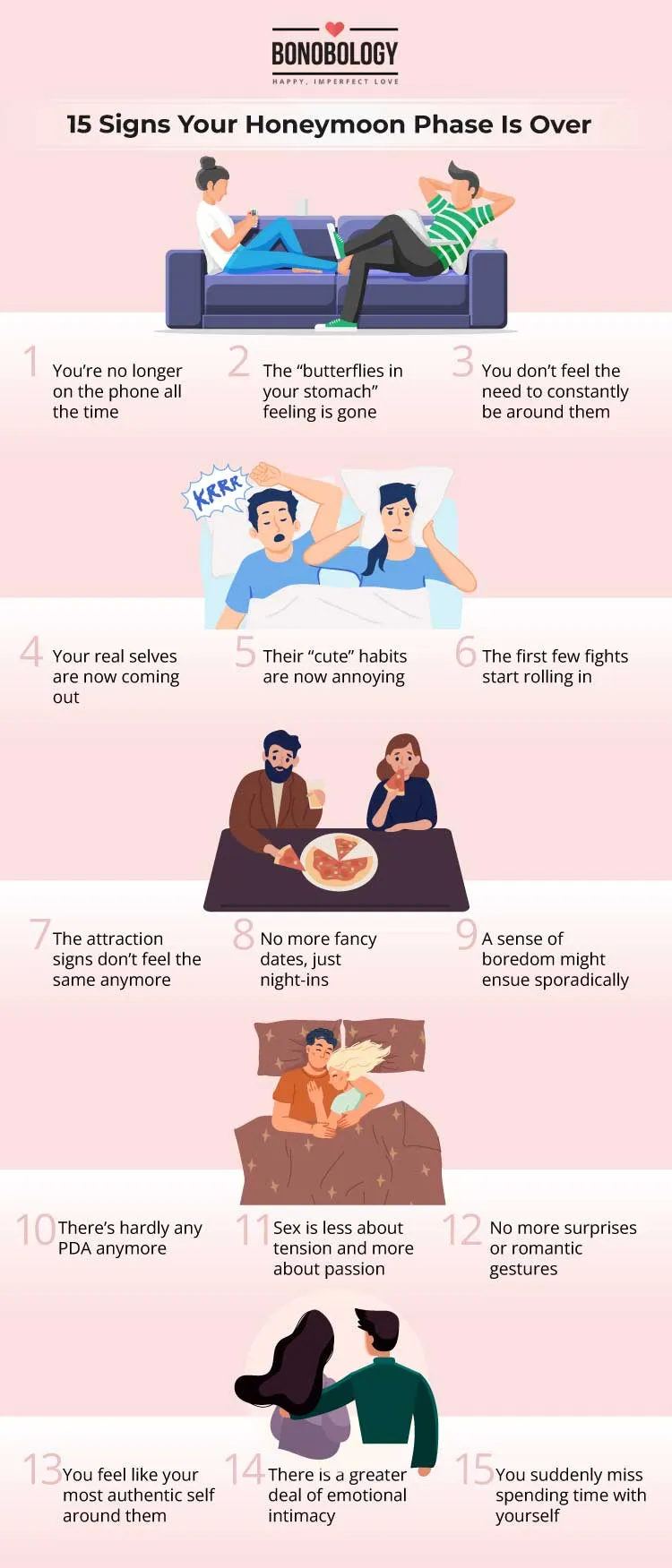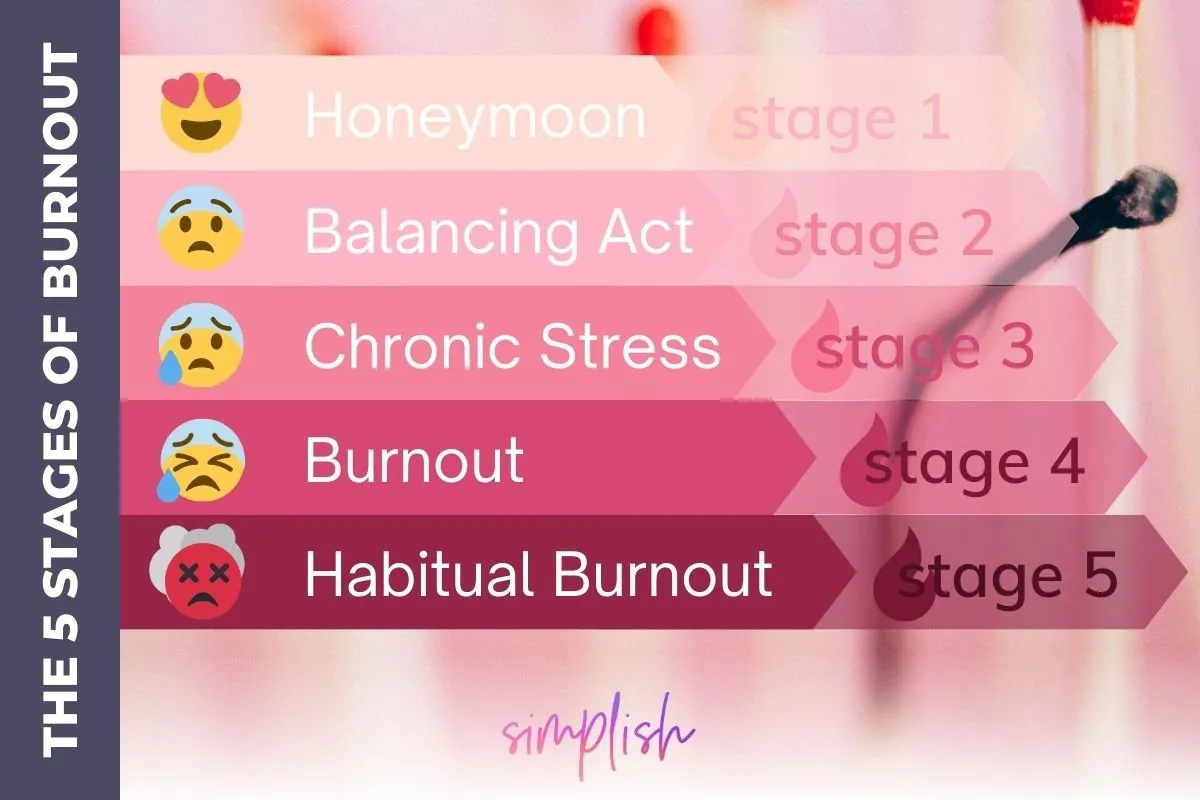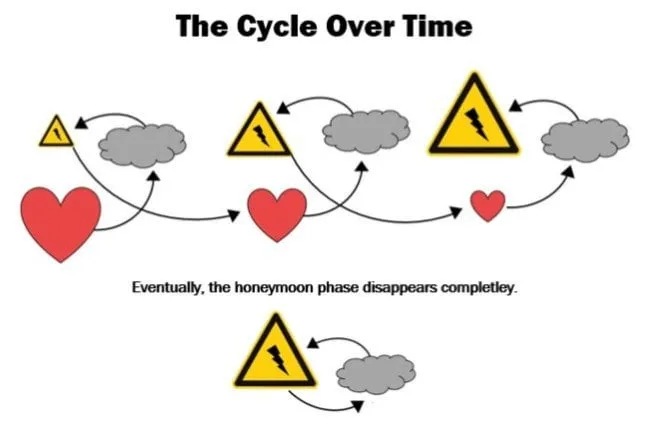What is the Honeymoon Phase in Abuse
The honeymoon phase is a deceptive period that often follows an abusive incident in a relationship. It is a time when the abuser attempts to regain the victim’s trust and affection through apologies, promises of change, and loving gestures. This phase is a crucial part of the cycle of abuse, as it reinforces the victim’s hope for a better future and makes it more difficult for them to leave the relationship. Understanding the honeymoon phase is essential for recognizing the patterns of abuse and protecting oneself. It is a manipulation tactic designed to keep the victim trapped in the cycle and to normalize the abusive behavior. The abuser uses this time to rebuild their image, often presenting themselves as remorseful and reformed, while subtly reinforcing control over the victim.
The Illusion of Peace
During the honeymoon phase, an illusion of peace is created, making the victim believe that the relationship has truly improved. This period is characterized by a decrease in tension, heightened affection, and an attempt to normalize the relationship. The abuser might shower the victim with gifts, express deep remorse for their actions, and make promises of change. This shift can be incredibly disorienting for the victim, as it contrasts sharply with the preceding abusive behavior. This contrast makes the victim question their perception of the abuse and can lead them to minimize or excuse the abuser’s actions, reinforcing the cycle. The goal is to make the victim believe that the relationship is moving toward a better future, thereby increasing their dependency on the abuser.
Manipulation Tactics

The honeymoon phase is driven by manipulative tactics aimed at controlling the victim. Abusers may use guilt trips, emotional blackmail, and gaslighting to maintain their power. They might express how heartbroken they are or how much they regret hurting the victim, which can elicit sympathy and make the victim more likely to forgive and stay. The abuser could also try to shift the blame onto external factors or even the victim themselves, rationalizing their behavior. This can include making the victim believe they are responsible for the abuser’s actions or that they are overreacting. By constantly controlling the narrative, the abuser undermines the victim’s sense of reality, making it harder for the victim to recognize the abuse for what it is, and more likely to accept the abuser’s terms.
Excessive Gifts and Gestures
As part of the honeymoon phase, abusers will often shower their victims with excessive gifts, affectionate gestures, and displays of love. These actions are intended to make the victim feel special and to overshadow the previous abusive incidents. The abuser might bring flowers, write love letters, or plan romantic outings, creating an atmosphere of love and devotion. These gifts and gestures are often carefully calculated, used to manipulate the victim’s emotions and to keep them from leaving the relationship. The goal is to make the victim believe the abuser truly cares and to reinforce the false perception that things are finally improving. This can also create a sense of obligation, making it harder for the victim to leave when the cycle of abuse inevitably starts again.
Promises of Change and Forgiveness
A cornerstone of the honeymoon phase involves the abuser making grand promises of change and begging for forgiveness. They might vow to seek therapy, stop drinking, or change other problematic behaviors that contribute to the abuse. The abuser will express deep remorse for their actions and swear that such behavior will never happen again. These promises are often compelling, especially when combined with the affection and gestures of the honeymoon phase. This tactic preys on the victim’s desire for a healthy relationship and their hope that the abuser will truly change. However, these promises are rarely kept, and the abuse tends to resume, proving that the cycle is destined to repeat itself unless the victim takes decisive action.
Isolating the Victim

The honeymoon phase can also be a time when the abuser subtly works to isolate the victim from their support network. Although it may not be as overt as during the tension-building phase, the abuser could start expressing disapproval of the victim’s friends and family, making critical comments, or discouraging the victim from spending time with them. By distancing the victim from their support system, the abuser makes it easier to control and manipulate them. When the victim has less access to outside perspectives and support, they are more likely to depend on the abuser for everything and to accept the abuser’s version of reality. This isolation further traps the victim in the cycle of abuse.
Undermining Self-Esteem
Even during the honeymoon phase, abusers may engage in subtle behaviors that undermine the victim’s self-esteem. This could include making seemingly innocuous comments about the victim’s appearance, intelligence, or abilities, subtly chipping away at their confidence. The abuser might also use gaslighting, making the victim question their perception of reality and their self-worth. The goal is to make the victim feel inadequate and dependent on the abuser for validation. By reducing the victim’s self-esteem, the abuser increases their control and makes it more difficult for the victim to leave the relationship or seek help. This insidious tactic is a core element of emotional abuse, often hidden beneath the surface of the honeymoon phase.
Top 5 Facts about the Honeymoon Phase
Fact 1: The Calm Before the Storm

The honeymoon phase is a temporary period of calm that inevitably precedes another cycle of abuse. This fact underscores the cyclical nature of abusive relationships and the manipulative intent of the abuser. This calm is a deceptive tactic designed to lull the victim into a false sense of security. Understanding this pattern is crucial for recognizing the warning signs and preparing for the next phase of the cycle. The honeymoon phase’s calm can be seen as a carefully orchestrated moment before the abuser reasserts control. Knowing that the calm is temporary helps the victim to protect themselves.
Fact 2: Reinforcing the Cycle
The honeymoon phase reinforces the cycle of abuse by rewarding the abuser’s behavior and encouraging the victim to stay in the relationship. The affection and promises offered during this phase make the victim believe that the abuser is capable of change, perpetuating the hope for a better future. The temporary relief experienced by the victim further entrenches the cycle, making it harder to leave. The positive reinforcement from the honeymoon phase serves to mask the true nature of the abusive pattern. This understanding can help the victim break free from the cycle.
Fact 3: Psychological Impact
The honeymoon phase has significant psychological effects on victims of abuse. It can lead to confusion, cognitive dissonance, and a weakening of the victim’s self-esteem. The sudden shift from abuse to affection can create emotional whiplash, making it difficult for the victim to trust their instincts and perceptions. The promises of change made during this phase can also create false hope. This leads the victim to question their judgment and behavior. Recognizing the psychological toll of the honeymoon phase is a crucial step toward recovery and empowerment for the victim.
Fact 4: Deceptive Promises

Promises of change during the honeymoon phase are almost always deceptive. The abuser may vow to seek therapy, attend counseling, or modify their behavior. However, these promises are rarely kept because the underlying issues that drive the abusive behavior are not addressed. This deception is a deliberate tactic used to maintain control and manipulate the victim into staying in the relationship. Recognizing the pattern of broken promises can help the victim to break free from the cycle of abuse.
Fact 5: Breaking Free and Seeking Help
Breaking free from the cycle of abuse requires recognizing the patterns and seeking professional help. Support from therapists, support groups, and legal resources is essential. The honeymoon phase can be a difficult time to make a decision to leave, but it is a critical one. Victims should know that change is possible, and that help is available. Building a strong support network and a safety plan can provide the necessary resources and emotional support to escape the abusive relationship and rebuild a healthier life. This step is a testament to the victim’s strength and determination.
Recognizing the Red Flags
Identifying the red flags of the honeymoon phase is crucial to protecting oneself from further abuse. The key is to look beyond the surface-level affection and focus on the underlying patterns of behavior. Be wary of excessive gifts, sudden displays of affection, and grand promises of change. Pay attention to how the abuser treats others and the extent to which they attempt to isolate you from your friends and family. If you notice a pattern of abuse followed by a period of intensified affection, this is a significant red flag. Trust your instincts. If something feels off, it probably is. Seeking support from trusted sources can provide clarity and validation.
Creating a Safety Plan

Creating a safety plan is an important step for victims of abuse. A safety plan involves developing strategies to protect yourself during a potential abusive incident and when planning to leave the relationship. This includes identifying safe places to go, packing a bag with essential items, and having important documents readily available. It also involves establishing a code word with trusted friends or family, so they know when to call for help. Knowing the resources and emergency services can be crucial. This plan provides practical steps and a sense of control, allowing the victim to prepare for the eventuality of the abuse cycle’s recurrence and ensuring safety.
Resources for Victims of Abuse
Numerous resources are available to support victims of abuse. Domestic violence hotlines, such as the National Domestic Violence Hotline, offer confidential assistance and support 24/7. Shelters provide temporary housing and essential services for individuals escaping abusive situations. Legal aid organizations offer free or low-cost legal advice and assistance. Therapy and counseling services provide mental health support and help victims process their experiences. Support groups allow victims to connect with others who have gone through similar experiences, providing emotional support and validation. Reaching out to these resources is the first step in seeking help and finding a path towards recovery.
The Importance of Therapy and Support Groups
Therapy and support groups play a vital role in the healing process for victims of abuse. Therapy provides a safe space to process trauma, develop coping mechanisms, and rebuild self-esteem. Therapists can help victims understand the dynamics of abuse, recognize unhealthy patterns, and develop strategies for healthier relationships. Support groups provide a community of individuals who have shared experiences. The group allows sharing, mutual support, and validation. These environments provide emotional support, reduce feelings of isolation, and empower victims to regain control of their lives. Accessing these resources is a crucial step towards recovery.
Building a Support Network

Building a robust support network is essential for anyone experiencing abuse. A strong support system helps victims to feel less isolated, offers encouragement, and provides practical assistance. This network can consist of trusted friends, family members, therapists, counselors, and support group members. It’s important to identify people who are non-judgmental, supportive, and understanding of the complexities of abuse. Sharing your experiences with others can bring validation and a sense of community. Reach out and strengthen these connections to create a network of people who can provide the necessary emotional and practical support during challenging times. This support can make a significant difference in the healing and recovery journey.
